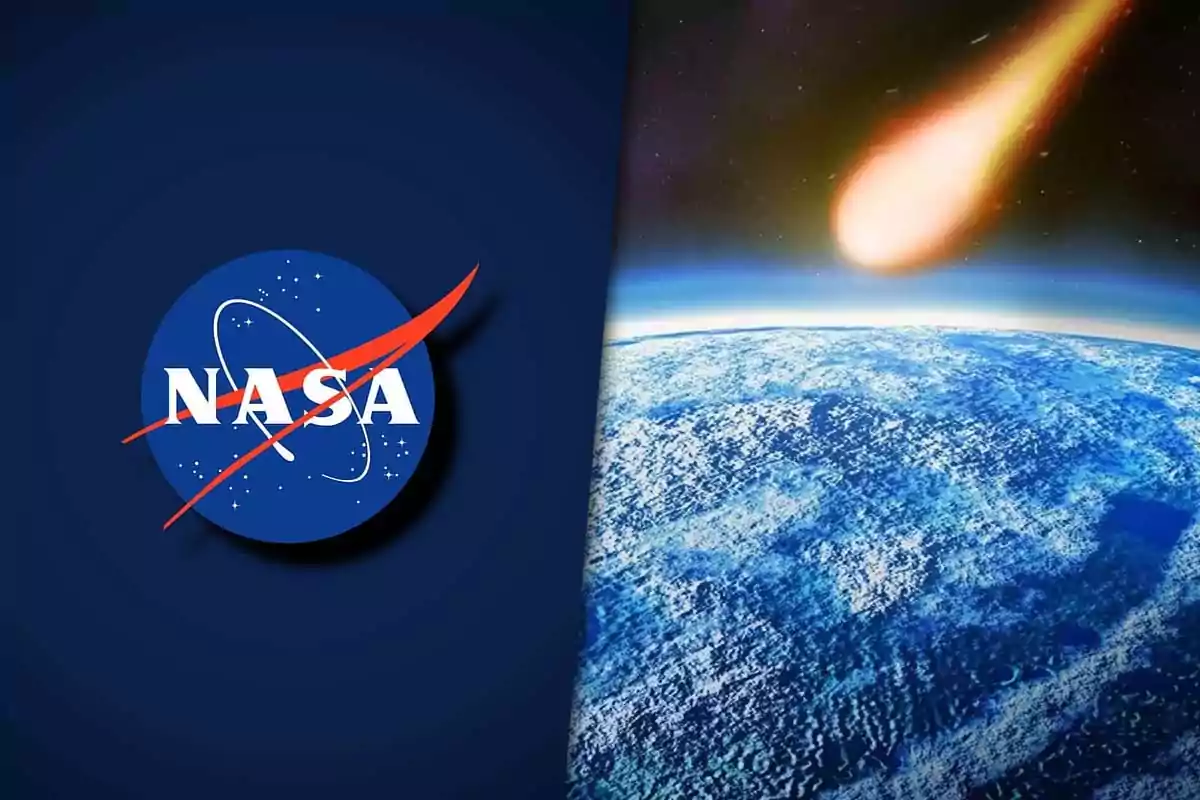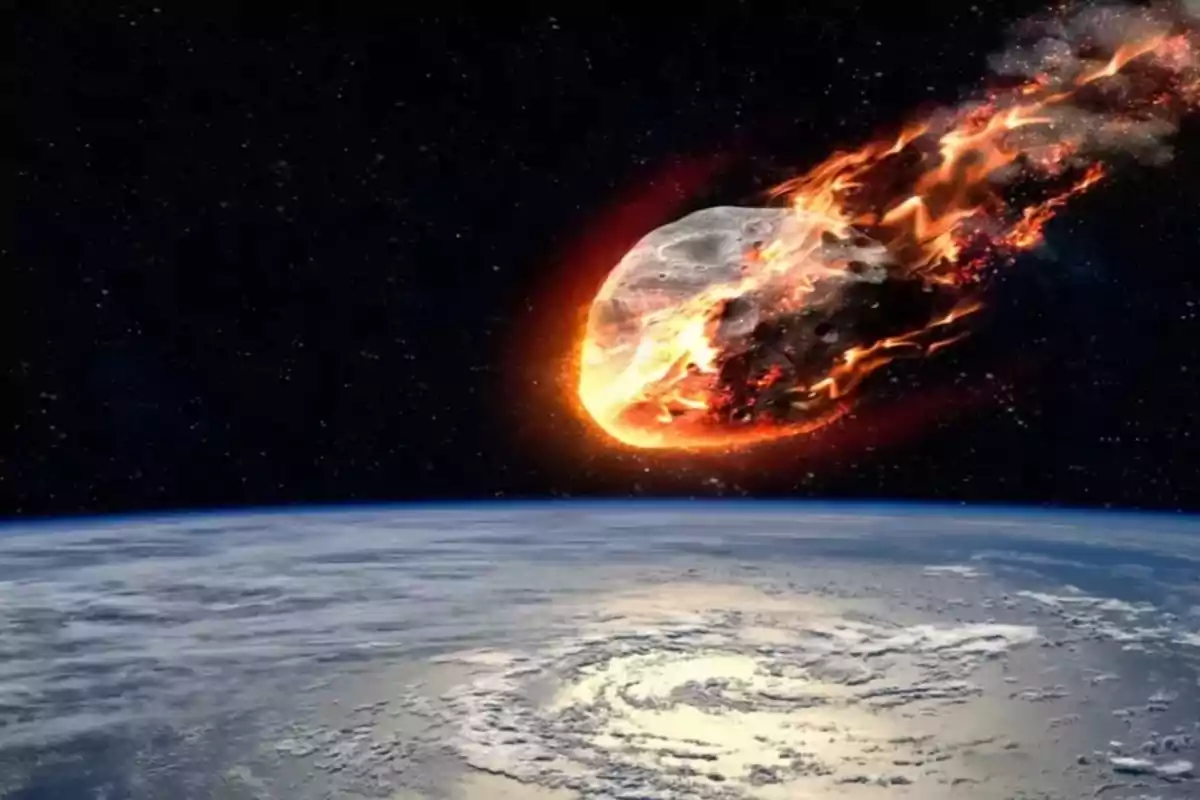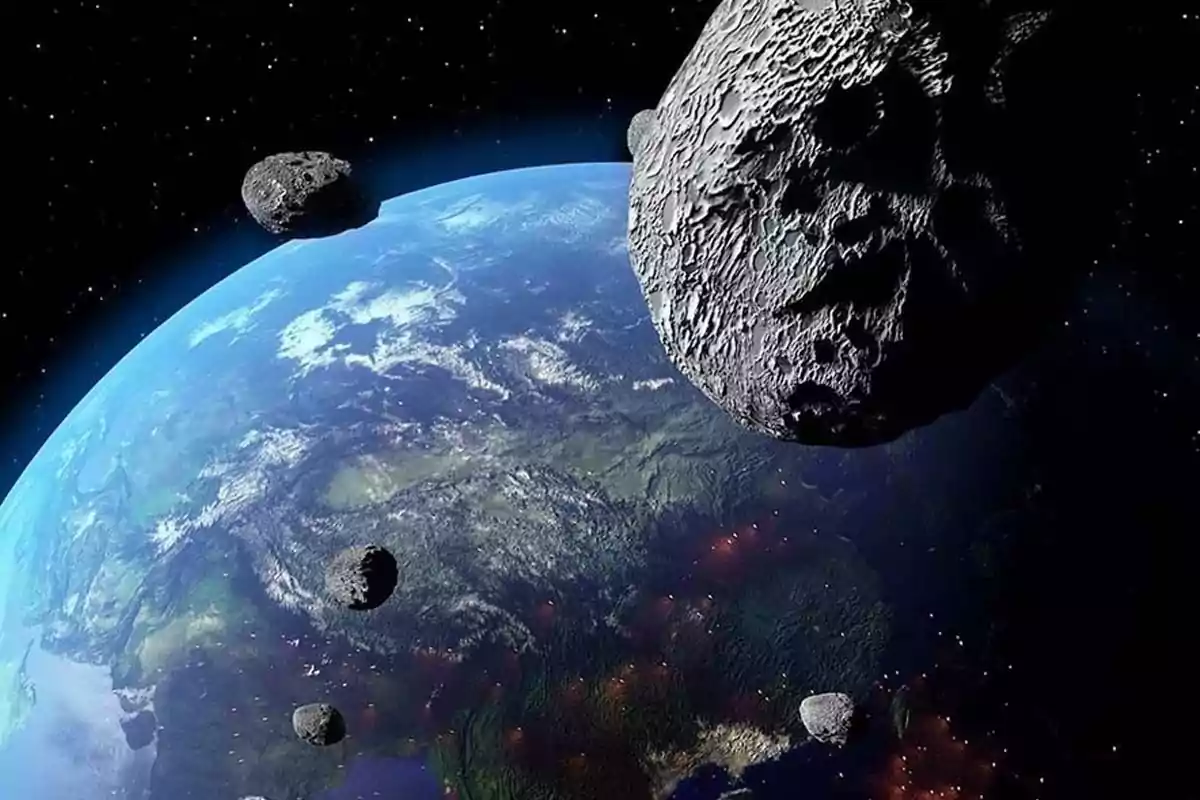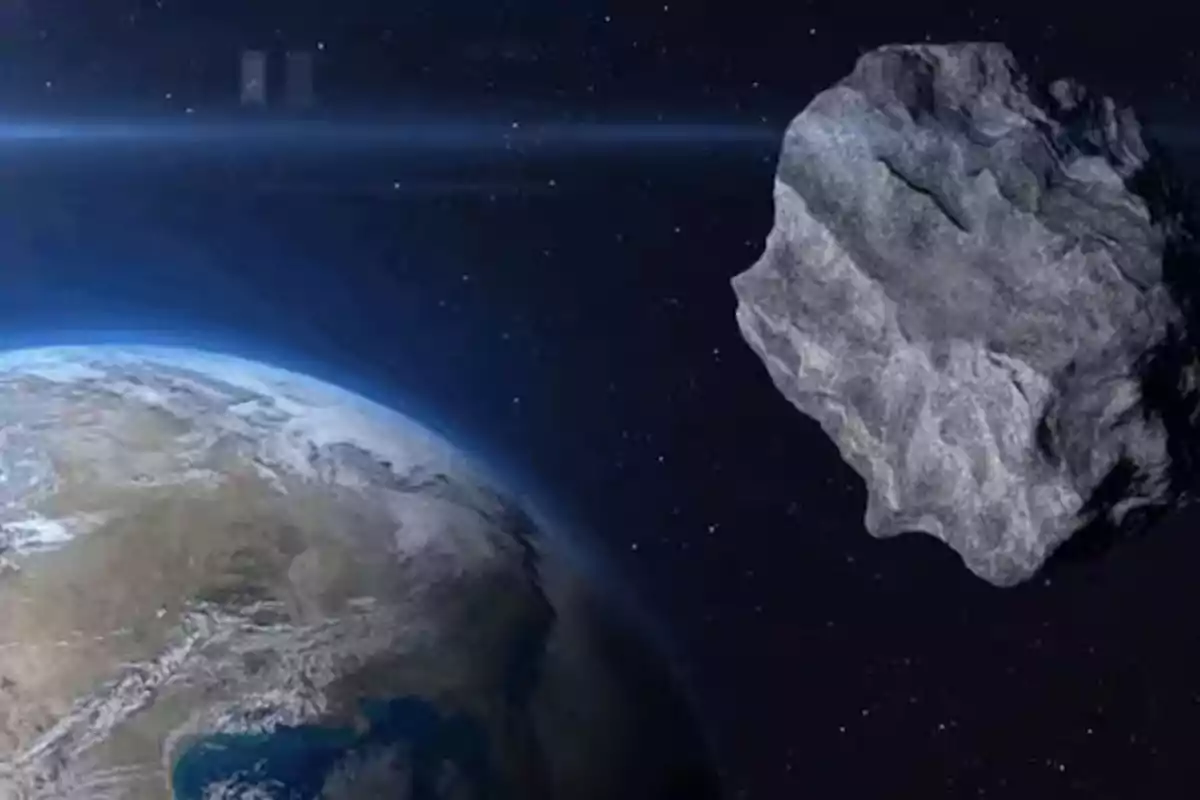
NASA warns about an asteroid the size of the Tower of Pisa
NASA warns about an asteroid that will approach Earth on July 28. What are the risks and which others are next?
NASA has warned about the proximity of an asteroid that will approach Earth on July 28. Its size is comparable to the Leaning Tower of Pisa and it travels at over 75,000 km/h (46,603 mph).
The space object, named 2025 OW, doesn't pose an impact threat, but it is part of a series of asteroids that will be monitored in the coming days.

What is known about asteroid 2025 OW?
This celestial body, composed of rock and metal, will approach a distance of 632,000 kilometers (392,537 miles) from Earth. This measurement, although it may sound distant, is considered a "near miss" in astronomical terms.
NASA assures that there is no risk of collision. However, it warns that if it were to enter Earth's atmosphere, it could cause structural damage if the impact occurred in an urban area.
Other asteroids on the way
JPL (Jet Propulsion Laboratory) at NASA is also monitoring another four asteroids that will pass near our planet over the next seven days.

Among them, the most concerning is 99942 Apophis, nicknamed the "God of Chaos." This giant measures about 333 meters (1,092 feet) tall and travels at an astonishing speed: 107,800 km/h (66,995 mph).
When will Apophis pass by?
It is expected that on April 13, 2029, Apophis will pass just 32,000 kilometers (19,884 miles) from Earth. That distance is less than what separates us from some satellites in orbit.

If it were to impact, specialists state that it would cause catastrophic damage. Although a collision is not expected, the extreme proximity keeps scientists on alert.
The "blind spot" that concerns experts
One of the most significant challenges astronomers face is detecting asteroids hidden by the Sun. Many travel through areas near Venus, where the solar glare prevents ground-based telescopes from detecting them.
This "blind spot" represents a real problem, as it could hide potentially dangerous asteroids traveling directly toward Earth without prior warning.
More posts: